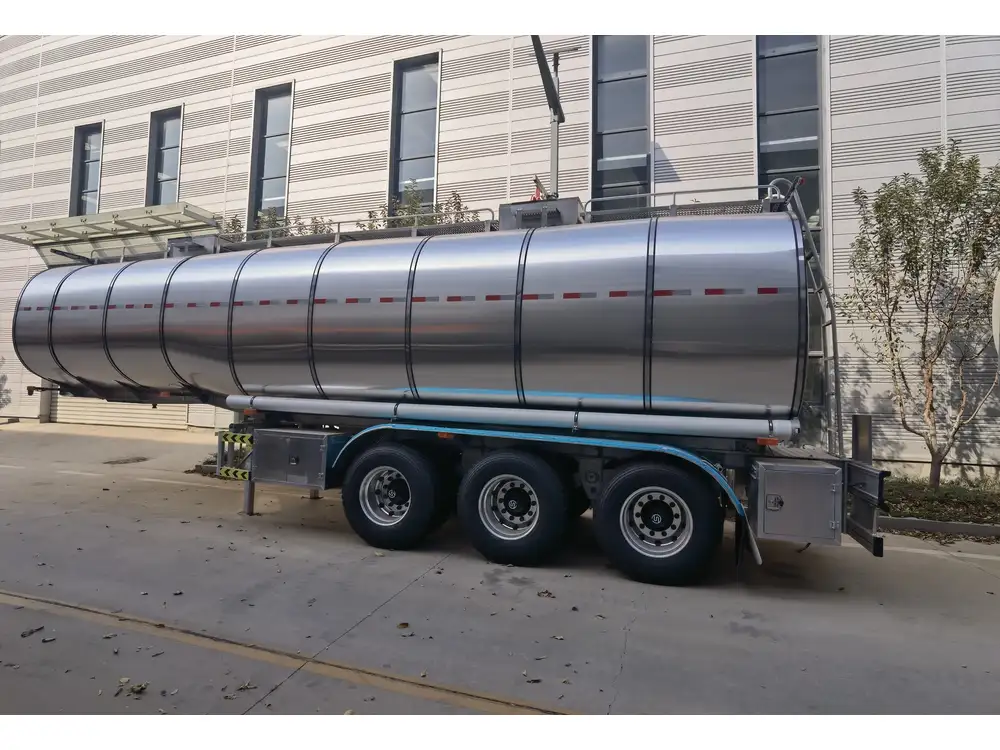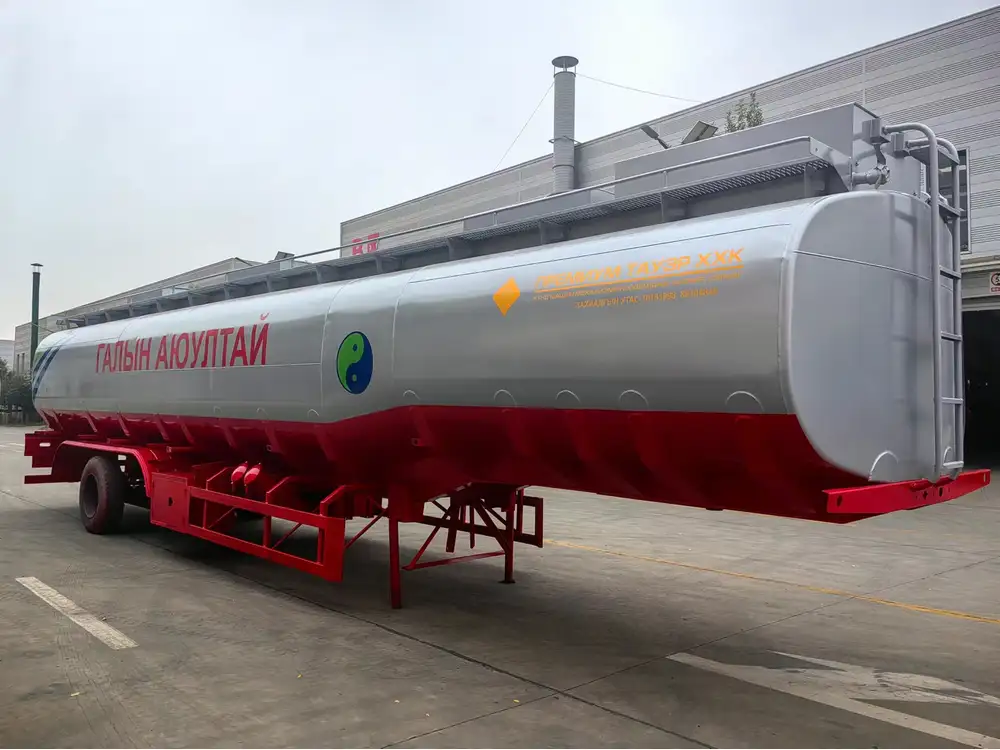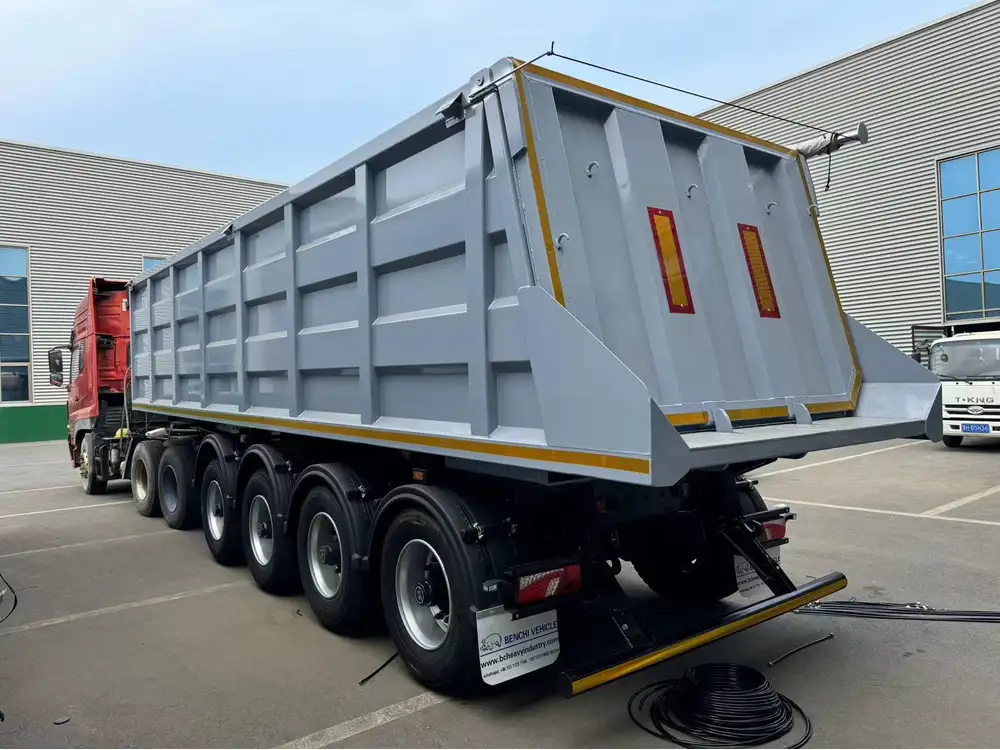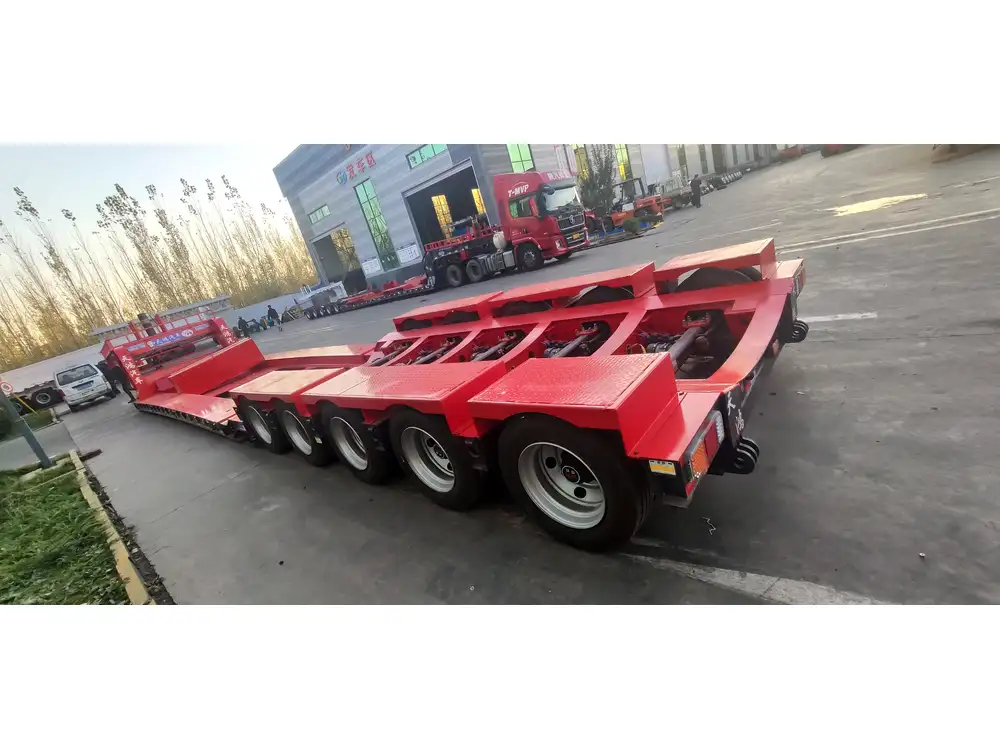Introduction to Flatbed Semi-Trailers
In the vast realm of transportation logistics, flatbed semi-trailers play an indispensable role. Their open design accommodates a wide array of cargo types—from construction materials to machinery—facilitating easier loading and unloading processes. But one question that consistently arises among operators, logistics managers, and fleet owners is: How much does a flatbed semi-trailer weigh? In this article, we dissect the various factors influencing this weight, outline the implications for transport regulations, and provide essential insights for informed decision-making.
The Basics: What is a Flatbed Semi-Trailer?
Flatbed semi-trailers are characterized by their flat platforms, devoid of sides and a roof, allowing for versatile loading configurations. Designed for flexibility, these trailers are equipped to carry oversized or bulky goods. Typically, they come in several lengths, ranging from 20 to 53 feet, offering different weight capacities to match specific transport requirements.

Common Dimensions of Flatbed Semi-Trailers
| Length | Weight (Approx.) | Load Capacity (Approx.) |
|---|---|---|
| 20 feet | 3,000 – 4,000 lbs | 40,000 lbs |
| 40 feet | 4,500 – 5,500 lbs | 48,000 lbs |
| 48 feet | 5,000 – 6,000 lbs | 48,000 lbs |
| 53 feet | 6,000 – 7,000 lbs | 45,000 lbs |
How Much Does a Flatbed Semi-Trailer Weigh?
Average Weight of Standard Models
The average weight of a flatbed semi-trailer varies widely based on the model, materials used, and additional features. For instance, a standard 48-foot flatbed semi-trailer typically weighs between 5,000 to 6,000 pounds. In contrast, a longer 53-foot flatbed can weigh anywhere from 6,000 to 7,000 pounds. The construction material—steel, aluminum, or advanced composites—plays a critical role in determining the weight.

Influencing Factors on Weight
1. Construction Material
- Steel: Durable but heavy, steel trailers tend to be on the higher end of the weight spectrum.
- Aluminum: Lightweight with decent strength, aluminum trailers can be significantly lighter, providing advantages in maximizing payload capacity.
- Composite Materials: Innovative designs using composites can balance weight and strength, sometimes offering lighter alternatives.
2. Design Features
- Drop Deck: These trailers feature a lower deck height, making them heavier yet ideal for transporting taller cargo.
- Extendable Trailers: Capable of extending in length to accommodate oversized loads, these models add additional weight due to their complexity.
- Ramps and Accessories: Integrated ramps for loading machinery add to the overall weight, though they facilitate ease of operation.
| Trailer Type | Weight Range | Key Usage |
|---|---|---|
| Standard Flatbed | 5,000 – 7,000 lbs | General freight |
| Drop Deck | 6,500 – 8,500 lbs | Tall cargo |
| Extendable | 6,000 – 10,000 lbs | Oversized shipments |

Weighing Considerations in Different Regions
The weight of flatbed semi-trailers is also influenced by regional regulations affecting both federal and state laws regarding vehicle classification and transportation limits. In the United States, federal limits dictate that the Gross Vehicle Weight (GVW) must not exceed 80,000 pounds, a critical consideration for operators. Given that the weight of the tractor unit ranges from 15,000 to 25,000 pounds, this leaves a significant payload capacity for the trailer and cargo.
Impact on Transport and Regulatory Compliance
Understanding the weight of a flatbed semi-trailer isn’t merely a matter of trivia; it has crucial implications for regulatory compliance and operational efficiency.
Allowable Gross Weight
- Federal Regulations: Under federal law, the maximum allowable gross weight of a truck and trailer is 80,000 pounds. Any loading beyond this could result in steep penalties, safety risks, and operational delays.
- State Regulations: Some states impose stricter limits, compelling trailer operators to remain vigilant and informed regarding local laws.

Implications for Load Distribution
Proper weight management and distribution are critical to maintaining vehicle balance and safety. Unevenly loaded trailers can exacerbate risks of tipping, accidents, and wear and tear on tires. Operators must therefore assess:
- Payload Distribution: Aim for even distribution across the trailer to maintain stability.
- Legal Load Limits: Continuously monitor cargo weight to stay within legal constraints.
Best Practices for Operators
For those operating flatbed semi-trailers, adhering to safety standards while maximizing efficiency is paramount. Consider these best practices:
Regular Weighing and Maintenance
Frequent re-evaluation of weight using certified scales ensures compliance with regulations and operational efficiency. Maintenance checks should also focus on weighing accessories such as:
- Electronic Load Cells: For real-time weight monitoring.
- Bridge Weighing Systems: For semi-permanent operations requiring regular assessment.

Training and Competence
Investing in driver training not only improves safety but also enhances efficiency in load management. Effective training topics could include:
- Weight Regulations Overview: Understanding federal and state laws.
- Cargo Securement Techniques: Best practices for safely loading and securing various cargo types.
| Training Topic | Key Objectives |
|---|---|
| Weight Regulations Overview | Ensure compliance with local laws |
| Cargo Securement Techniques | Reduce accidents and cargo damage |
Special Considerations
Seasonal Variances and Environmental Factors
Transport operators must remain aware of seasonal variances that may impact regulation adherence. Increased demand in peak seasons may stress existing operations, both in terms of vehicle allocation and regulatory scrutiny.

Technological Innovations
The advent of technology is ushering in new advancements that transform the flatbed semi-trailer landscape. Innovations include:
- Weight Sensors: Allow for near-instantaneous weight calculations.
- Telematics Systems: Enhance route planning based on real-time vehicle metrics and regulatory updates.
Final Thoughts
When it comes to selecting the right flatbed semi-trailer, knowledge of weight considerations plays a pivotal role. By comprehensively understanding not just the weight of the trailer itself, but also the implications on load capacities, regulatory compliance, and overall transport efficiency, operators can make more informed decisions. As you navigate the complex world of transportation logistics, remember that staying abreast of technological innovations and regional regulations is just as critical as knowing your equipment inside and out.
Summary
To summarize, flatbed semi-trailer weights generally range from 5,000 to 7,000 pounds, influenced by multiple factors including dimensions, design features, and construction materials. Diligence in understanding these weights, abiding by federal and state regulations, and adopting best practices can lead to impeccable operational success in the transporting industry.



